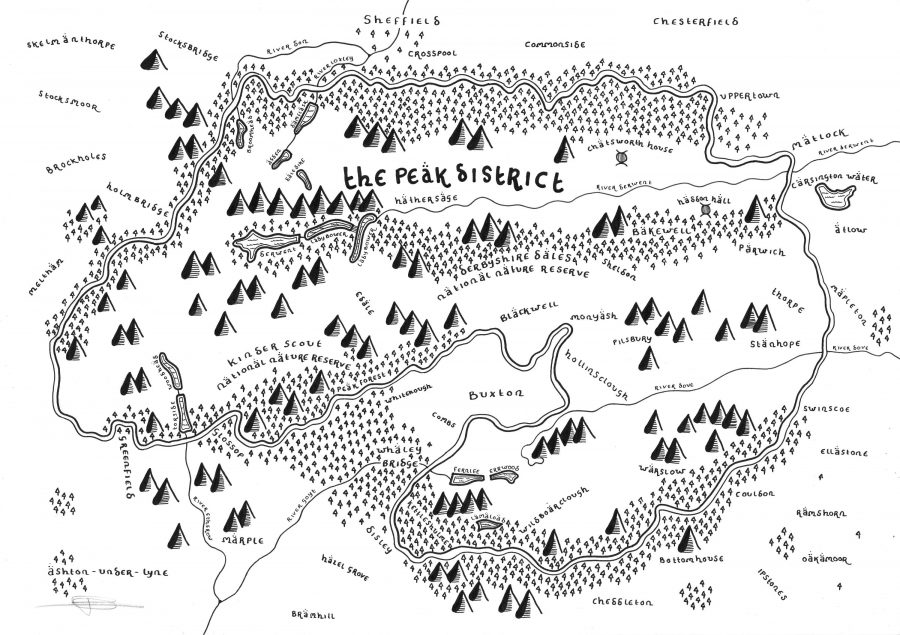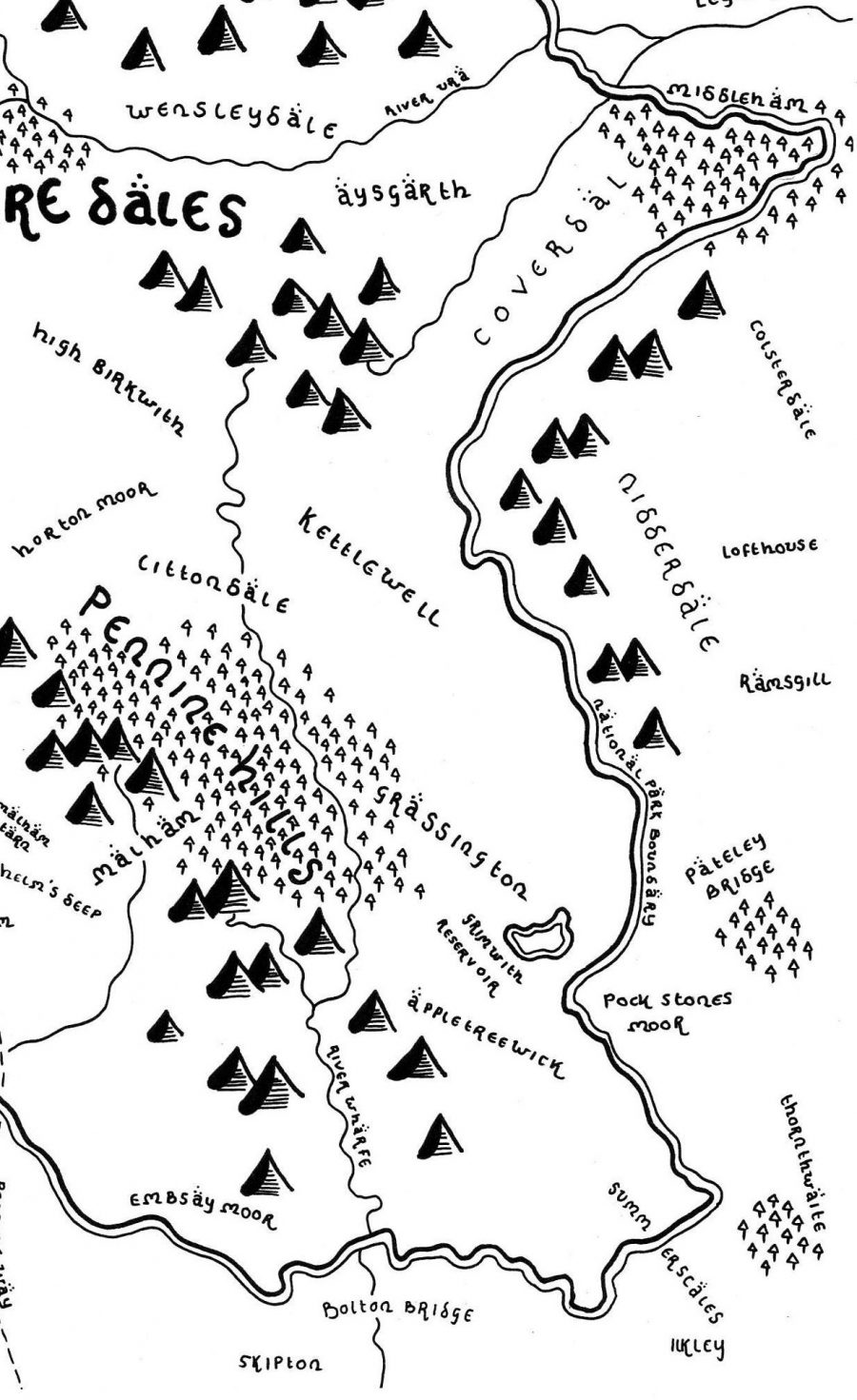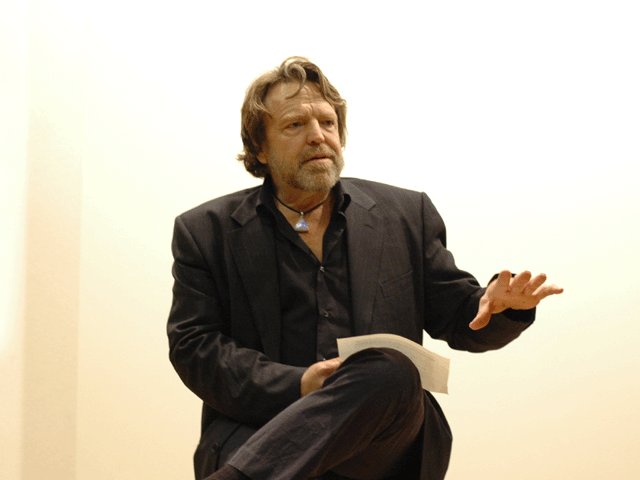We have another national crisis on our hands.
Our children are not only ill-equipped to read maps and tell time with analog clocks, their handwriting is in serious decline.
Forget cursive, which went the way of the dodo earlier in the millennium. Youngsters who are dab hands on the keyboard may have little impulse—or opportunity—to practice their printing.
Does it matter?
It sure as shootin’ might be during a zombie invasion, given the attendant breakdown of digital communication and the electricity that powered it.
But even in less dire times, legible penmanship is a good skill to master.
As Virginia Berninger, professor emeritus and principal investigator of the University of Washington’s Interdisciplinary Learning Disabilities Center, told The New York Times, “Handwriting — forming letters — engages the mind, and that can help children pay attention to written language.”
Hand lettering is also a complex neurological process, a workout involving various cognitive, motor, and neuromuscular functions.
There’s also a school of thought that teachers who still accept handwritten assignments unconsciously award the highest grades to pupils with the neatest penmanship, which is easier on tired eyes. Something to keep in mind for those gearing up to take the handwritten essay portions of the SAT and ACT.
Let’s remember that letters are really just shapes.
The Finns and French have long-established uniformity with regard to handwriting. In the absence of classroom instruction, Americans have the freedom to peruse various penmanship styles, identify their favorite, and work hard to attain it.
(This writer is proof that penmanship can become part of the DNA through practice, having set out to duplicate my mother’s delightful, eccentric-to-the-point-of-illegibile hand at around the age of 8. I added a few personal quirks along the way. The result is I’m frequently bamboozled into serving as scribe for whatever group I happen to find myself in, and my children can claim they couldn’t read the important handwritten instructions hurriedly left for them on Post-Its.)
Historically, the most legible American penmanship belongs to architects.
Their precisely rendered all caps suggest meticulousness, accountability, steadiness of character…
And almost anyone can achieve it, regardless of whether those are qualities they personally possess.
All it takes is determination, time, and—as taught by Doug Patt in his How to Architect series, above—more tools than can be simultaneously operated with two hands:
an Ames lettering guide
a parallel rule or t‑square
a small plastic triangle customized with bits of tape
a .5mm Pentel drafting pencil
If this sounds needlessly laborious, keep in mind that such specialty equipment may appeal to reluctant hand writers with an interest in engineering, robotics, or scientific experimentation.
(Be prepared for some frustration if this is the student’s first time at the rodeo with these instruments. As any veteran comic book artist can attest, few are born knowing how to use an Ames lettering guide.)
It should be noted that Patt’s alphabet deviates a bit from traditional standards in the field.
His preference for breathing some life into his letters by not closing their loops, squashing traditionally circular forms into ellipses, and using “dynamic angles” to render crosspieces on a slant would likely not have passed muster with architecture professors of an earlier age, my second grade teacher, or the font designers responsible for the computer-generated “hand lettering” gracing the bulk of recent architectural renderings.
He’s likely the only expert suggesting you make your Ks and Rs reminiscent of actor Ralph Macchio in the 1984 film, The Karate Kid.
There’s little chance you’ll find yourself grooving to Patt’s videos for anything other than their intended purpose. Whereas the late Bob Ross’ Joy of Painting series has legions of fans who tune in solely for the meditative benefits they derive from his mellow demeanor, Patt’s rapid fire instructional style is that of the busy master, deftly executing moves the fledgling student can only but fumble through.
But if the Karate Kid taught us anything, it’s that practice and grit lead to excellence. If the above demonstration whips by too quickly, Patt expands on the shaping of each letter in 30-second video tutorials available as part of a $19 online course.
Those looking for architectural lower case, or techniques for controlling the thickness of their lines can find them in the episode devoted to lettering with a .7mm Pentel mechanical drafting pencil.
Explore further secrets of the architects on Patt’s How to Architect channel or 2012 book, also called How to Architect.
Related Content:
The Art of Handwriting as Practiced by Famous Artists: Georgia O’Keeffe, Jackson Pollock, Marcel Duchamp, Willem de Kooning & More
Discover What Shakespeare’s Handwriting Looked Like, and How It Solved a Mystery of Authorship
Helen Keller Had Impeccable Handwriting: See a Collection of Her Childhood Letters
Ayun Halliday is an author, illustrator, theater maker and Chief Primatologist of the East Village Inky zine. Follow her @AyunHalliday.





